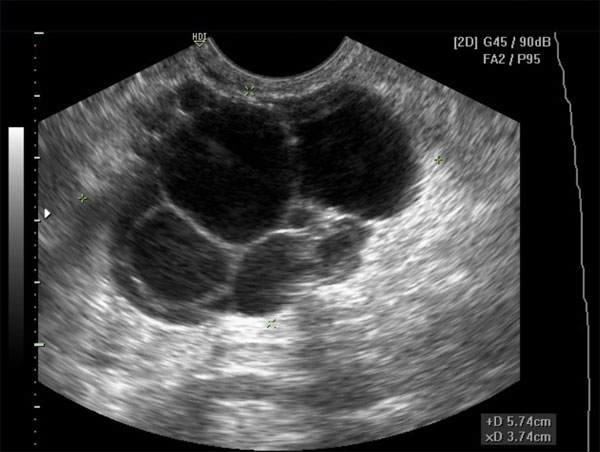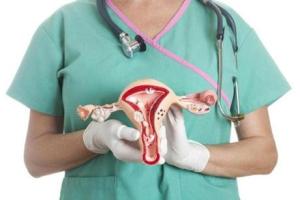Ovaries are located in the lower abdomen on both sides of the uterus in the female reproduction system. In total women have two ovaries that produce eggs and hormones. These hormones are called Estrogen and Progesterone.
At times a fluid sac, also known as cyst, develops in one of the ovaries of the woman. Several women develop at least once cyst during their lifetime. In many cases, cysts have absolutely no symptoms and are absolutely painless.
Types of Ovarian Cysts
There are several different types of cysts. Functional cysts are considered to be the most common ones which are made inside a female body.
Follicle Cyst
While a woman is experiencing her menstrual cycle, an egg starts to grow inside a sac called follicle. This sac is inside the ovaries and in most cases this follicle breaks, and releases an egg. However, in other cases this follicle doesn’t break and makes up a cyst.
Corpus Luteum Cysts
In case the follicle does not break and makes up a hard seal on top of the sac, then the accumulation of the fluids causes another cyst.
Dermoid Cysts
Certain sac-like growths take place right on the ovaries. They mostly contain hair, fat and other tissues.
Cystadenomas
This is non-cancerous and develops right outside the ovaries.
Endometriomas
Tissues that mostly grow inside the uterus at times start growing outside the uterus. This forms a cyst.
Polystic Ovary Syndrome
In this case the ovaries contain a large amount of small cysts.
What Are the Symptoms of Ovarian Cyst?
Mostly the ovarian cysts do not come with any symptoms. However, once the cysts start to grow, then the symptoms start to show up.
Abdominal swelling, extremely painful bowel movements, breast tenderness, nausea, painful intercourse, pain before menstrual cycles, fever, hair growth, rapid breathing and dizziness are all symptoms of ovarian cysts. However, these symptoms are only visible in extreme cases.
How Can Ovarian Cyst be Treated?
At times the cyst does not go away and starts growing bigger. In this case it may cause a lot of problems and may even be fatal. Certain treatments can be adopted in order to get rid of the cyst.
Birth Control Pills
In case you have been experiencing recurrent ovarian cysts, your doctor might prescribe oral contraceptives so that you can stop ovulation and prevent the development of new cysts.
Laparoscopy
In this case the doctor performs a surgery and removes the cyst. However, your cyst in the imaging test should be really small.
Laparotomy
In case of a large cyst, the doctor may remove it but for that a large incision needs to be made on your abdomen.





No Comment